THE MUSEUM
The Mithraeum, or the place where Mithra, a god of eastern origin, was worshipped, is located on the first floor of the domus. It is a small structure (154 m²) as corresponds to cults carried out by small groups of faithful initiates.
The floor plan, characteristic of this type of temple, consists of a central nave with lateral pilasters or columns. There were most likely wooden benches on both sides that have since disappeared. The floor, which seems to resemble that of a speleum or cave, is artificial and was consciously designed in this way to better represent the Mithraic legend. The image of the god that should be at the back of the nave was not found; however, certain bronze remains have been found which might have been part of this image. Furthermore, there exists an exceptional find; it is the inscription of a votive altar, in an excellent state of conservation, which can be read in its entirety:
Deo / Inuic(to) Mithrae / G(aius) Victorius Vic/torinus (centurio) L(egionis) VII G(emina) / Antonianiae P(iae) F(elicis) / in honorem sta/tionis lucensis / et Victoriorum / Secundi et Vic/toris lib(ertorum) suor/um aram po/suit libenti animo (hedera)
To the undefeated Mithras, Gaius Victorius Victorinus, centurion of Legio VII Gemina Antoniania Pia Felix in honor of the statio at Lucus Augusti and of the Victorius Secundus and Victor, his freedmen, placed this altar willingly.
The text not only tells us about the god, but it also refers to the identity of the domus owner, Victorius Victorinus, as well as to two of his freedmen, to whom he also dedicates the inscription. His occupation and social position are also made clear; he was a centurion at the statio lucensis, i.e. the civil and military station used by the Roman administration. The ara, or altar, can be seen in situ, in the same place where it was found.
